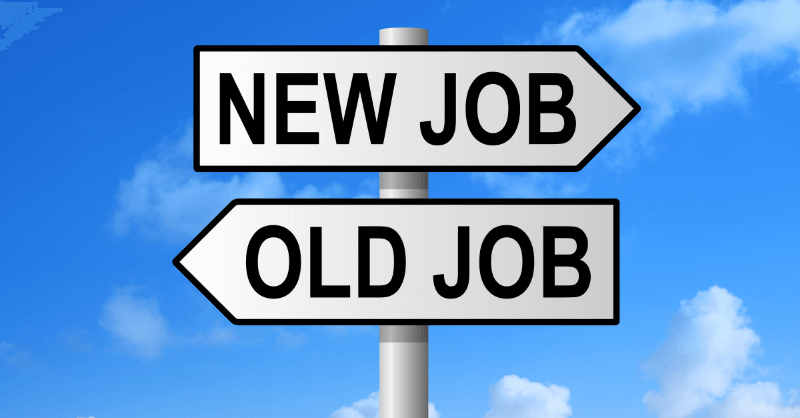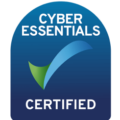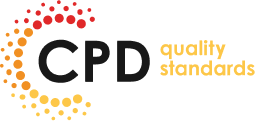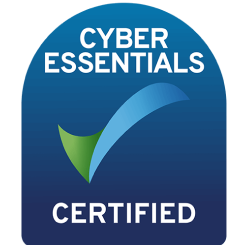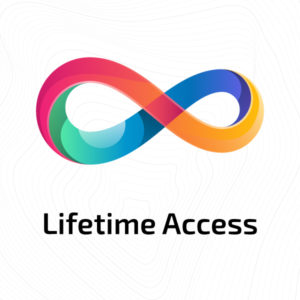Crucial Conversations
While the technique is similar, high-stake discussions need more preparation. Furthermore, crucial conversations require more competence than regular job interactions. These conversations are also worth reflecting on later. Asking for a raise is a common example of a high-stake situation. Presenting a business idea to a venture capitalist is another relatable scenario.
In addition, we all have had critical dialogues in our professional lives. In such conversations, the outcomes are strong, perspectives differ, and emotions run high. While working at this requires persistent effort, here are a few tips that are very effective.
Replacing “but” with “and” when communicating in certain situations can be quite effective. It is an effective yet easy and common suggestion. Also, it’s important to be cautious of communication style and flexibility. Because under stressful situations, our communication styles can change without our noticing much.
Relevant: Build your communication skills for professional development
Non-verbal Communication
Non-verbal communication is more of a complementary component to verbal communication. The gesture that you make and your posture, in general, can tell a lot! It lets your reader or audience read into how you feel about a particular issue.

In short, non-verbal gestures work like the window to your emotions. Body language, eye contact, sign language, etc., are different modes of non-verbal communication. Non-verbal communication has a very important role in your workspace. It helps people understand your interpersonal qualities.
For example, adopting more open postures makes you look confident. Balancing the right degrees of eye contact and smile makes you look friendly. In contrast, inappropriate gestures can get you an awful lot of critiques. Eventually, such messages reach the higher-ups as well as subordinates quickly. Consequently, that can lead to drastic social and professional repercussions.
So are you wondering what is the right non-verbal communication strategy to adopt? Well, the answer can be highly subjective. However, employers usually appreciate a diplomatic attitude and a calm personality. After all, this comes in really handy while dealing with chaotic office situations.
Written Communication
Written communication uses the modes of text, email, memos and posts etc., to convey the message. Texts are the primary tool of communication in this setting. It is said to be best suited for introverts, among the other types of communication skills. Written communications help share your thoughts in a more constructive and organised manner. Moreover, this is also the most common communication mode in a professional setting. So, knowing your way around writing can pay off dividends in your career.

Besides, practising written communication can help amp up your sales technique. Selling something doesn’t always need rigorous desk jobs or field works. You can also sell your stories to the recipient in writing, and convince them that your way is the best way. One of the critical advantages of this type of communication is that you get to be in total control. In addition, you can lead and direct the conversation whenever needed.
However, expressing emotions with the desired precision can be challenging in this mode. Moreover, misunderstandings happen when the words are open to interpretation.
One thing to keep in mind regarding written communication is that the message lives on. This particularly applies in this digital era. Thus, keep two things in mind: first, create high-quality write-ups. Low-quality writing and mistakes can make you appear incompetent. And second, the content of the message should reflect something that you personally want to promote. Your writing should reflect what you want to stay connected to for the long run.
For adding to your written communication skill, have a look at the course ‘The Art Of Persuasive Communication’ by One Education. Mastering the art of persuasion can pay off in dividends in your career, after all.
Visual Communication
Pictures, graphs, charts, videos, etc., are the popular means of visual communication. This is essential for presentation, seminars and in classroom teaching as well. Visual communication is one of the most common types of communication at offices. Creating striking visuals is extremely effective for engaging the audience. Great visuals can also lift your readers’ spirits and engage them instantly!

The age-old saying that a picture is worth a thousand words holds true in business communication. Leaders with great communication skills add strong visuals to their storytelling toolkit. Using the proper images and visual materials, they know how to capture their audience.
Listening
The act of listening is often not talked about enough. Whereas active listening, contrary to popular belief, is one of the key aspects of successful communication. As a matter of fact, it is barely a conversation if we don’t listen to the other person actively. Consider a negotiation: the most crucial step in the process is to figure out what the other side wants and needs. Without active listening, charting out the best deal for both sides is next to impossible.

Being an active listener can help you understand the perspective of other communicators. Moreover, it helps you to effectively engage with them.
What Are The Different Types Of Communication Practised In The Business World?
Let’s get a quick rundown of the types of communication skills necessary for the corporate world.
Corporate World Communication
In the corporate world, communicating efficiently is of essence. The ability to present information simply and concisely is a necessary skill. It boils down to the fact that everyone’s time and energy are finite and invaluable.
Regardless, your communication style should reflect professional credibility in all settings. That applies to any role that you are playing in the corporate. That’s where success lies in professional communication.

Good communication skills will help you to provide better feedback and status reports. You can take charge of convincing presentations. Moreover, sometimes it takes more than the given time or resources for project completion. So when situations demand, you may need to ask for that. And you can do that more easily if you have convincing corporate skills.
In contrast, poor communication results in misunderstandings and dissatisfaction. Employees that are unable to communicate effectively are frequently viewed as unreliable. Eventually, poor communication and behaviour might obstruct the pathway to professional progress.


![]() 13 minutes
13 minutes











